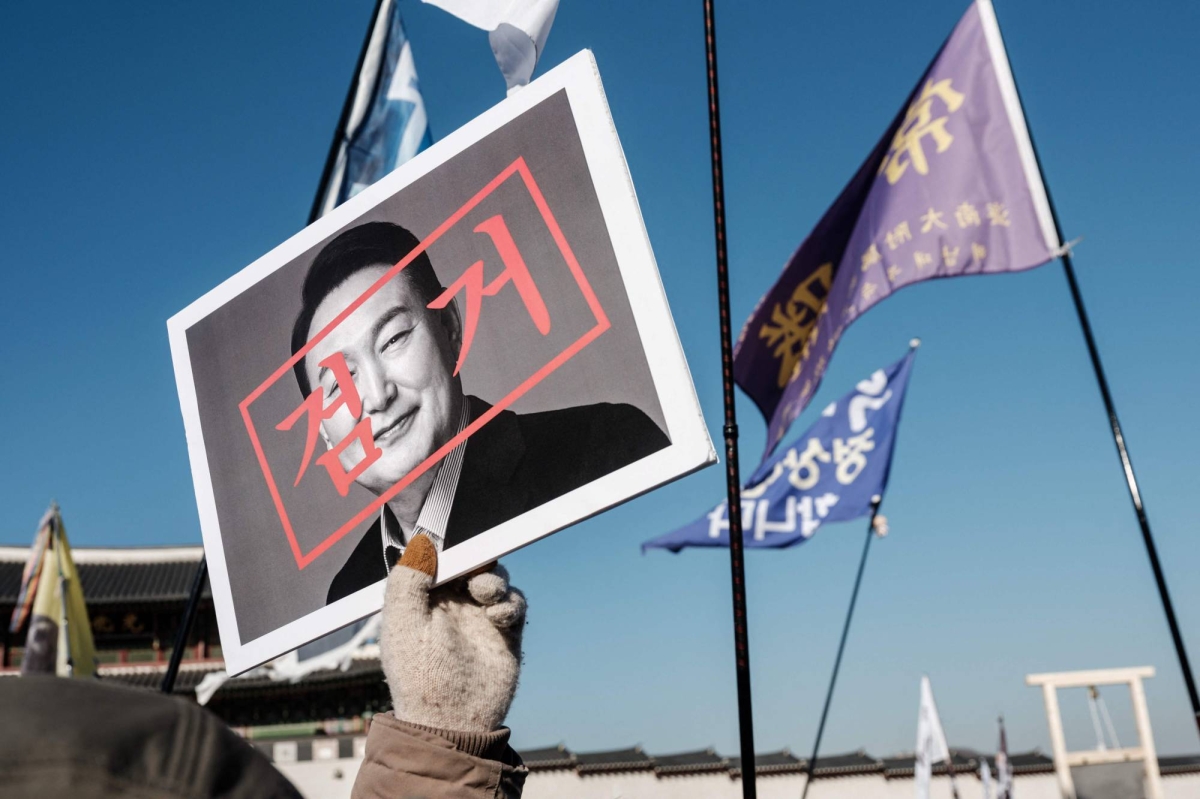Neither Egypt nor Saudi Arabia has released official death tolls from this year’s Hajj, which is normally a source of prestige for the Saudi government. Saudi authorities said about 1.8 million pilgrims made the journey, which is one of the five central tenants of Islam.
Every able-bodied Muslim is required to complete the Hajj once in their lifetime. Many of the rituals include spending extended periods of time outdoors and walking long distances. It can also be costly, and Saudi Arabia approves only a set number of pilgrim visas each year, with quotas for each Muslim-majority country. Hundreds of thousands of people who don’t secure permits still manage to participate, however, often on tourism visas arranged by unlicensed travel operators.
With global temperatures on the rise, including in the desert kingdom, and a two-tiered system that prevents many pilgrims from accessing facilities or services, the pilgrimage could become increasingly risky, with the Saudi government facing growing scrutiny over its role as host of one of the world’s largest religious gatherings.
Over the past four decades, Saudi Arabia has warmed at a rate that is 50 percent higher than the rest of the Northern Hemisphere, according to a 2021 study published by the American Meteorological Society, which said that if the trend persists, “human survival in the region will be impossible without continuous access to air conditioning.”
Another study, in the journal Geophysical Research Letters in 2019, said that climate change will elevate heat stress for Hajj pilgrims to levels exceeding the “extreme danger threshold” from 2047 to 2052 and 2079 to 2086, “with increasing frequency and intensity as the century progresses.”
GET CAUGHT UP
Stories to keep you informed
People who attended the Hajj this year described oppressive, inescapable heat that permeated even air-conditioned spaces. Pilgrims seeking shelter packed into already overcrowded mosques or sprayed each other with water in an attempt to cool down. Some, walking miles in the desert sun, collapsed or died in the streets.
Witnesses said unregistered pilgrims were in some cases denied access to air-conditioned tents and other official cooling centers where those with Hajj permits could escape the high temperatures. Even when some people were visibly ill, authorities refused to help them, pilgrims said. In some instances, the unregistered pilgrims themselves, fearing retribution from Saudi authorities, declined to seek medical help.
At one point, the generators powering air conditioners inside tents stopped working because of the heat, said Ahmad Bahaa, 37, an Egyptian pilgrim who lives in Saudi Arabia.
“I told my friend … ‘I can’t breathe and I feel like I’m going to get sunstroke while sitting in the tent. I don’t know where to go,’” he said.
Authorities encouraged people to stay inside as the heat bore down, but “almost everyone walking in the streets were undocumented pilgrims,” he said, adding that their situation was “heartbreaking.”
According to Syam Resfiadi, chairman of Indonesia’s Union of Hajj and Umrah Organizers, Saudi police cracked down on unregistered pilgrims before the Hajj began. They conducted sweeps of guesthouses and hotels and arrested hundreds who did not have the proper documentation, Resfiadi said.
But many of the pilgrims, most from lower-income countries, are often swindled by brokers or travel agents posing as official Hajj tour operators. They pay money for what they think will be a full-service trip, only to arrive and find there is no assistance available to them.
The Egyptian government on Saturday said it was revoking the licenses of 16 tourism companies that facilitated travel for unregistered pilgrims, and would refer the owners and managers to the public prosecutor.
A large proportion of pilgrims are also elderly, some using their life savings to perform the Hajj before they die. They are also much more vulnerable to the heat.
Mohamed Fadl, 28, is an Egyptian pharmacist. He said his aunt, 70-year-old Kareema Abdelrahman Hussein, who raised him as her own son, died last week while attending the Hajj as an unregistered pilgrim. An elder from their village in Sharqiya in northern Egypt persuaded his aunt to join a group of about 30 pilgrims he was taking to Saudi Arabia on tourism visas, saying the experience would be no different from making the journey with proper permits.
“She was a simple woman, illiterate,” said Fadl, adding that they fought before she left because he didn’t want her to go without an official visa.
When the group arrived in Mecca, things went south almost immediately. The village elder who organized the trip disappeared, and Hussein soon discovered that he had grossly overcharged her for the hotel she was staying in. A bus that was supposed to take her to Mount Arafat, about 12 miles outside of Mecca, never arrived.
The trip to Mount Arafat, where the prophet Muhammad is believed to have delivered his final speech, is the spiritual peak of the Hajj pilgrimage. Worshipers converge on the sacred hillside to stand together and ask God for mercy and forgiveness. There is little to no shade.
According to Fadl, his aunt was walking back to Mecca from Arafat when she encountered a doctor and said she was having pain and trouble breathing. Medical workers nearby arranged for her to be transferred to King Faisal Hospital in Mecca, but she died on the way.
For those who perish while performing the Hajj, Saudi authorities will organize their burials in Mecca, unless their families request that the bodies be repatriated.
“I insisted that she was not dead and we need to make sure,” Fadl said. After combing the news, he noticed that “there were many lost people and others posting photos of their missing family members.”
The annual gathering has seen tragic, deadly incidents in the past, often linked to the sheer size of the crowds. In 2015, more than 2,000 people were killed in a stamped during the pilgrimage.
But on Tuesday, even as reports of heat-related deaths emerged, Saudi Health Minister Fahad al-Jalajel released a statement hailing the “success of this year’s Hajj health plans.”
“Despite the large number of pilgrims and the challenges posed by high temperatures, we experienced no outbreaks or public health threats,” Jalajel said.
The Saudi government has made some effort in recent years, as well as ahead of the pilgrimage this month, to try to mitigate heat stress on pilgrims, not all of which are effective, researchers say.
Earlier this month, Saudi authorities said they had painted the asphalt surrounding the Namira Mosque, near Mount Arafat, with a “surface-cooling coat” that officials said would better reflect sunlight and lower surface temperatures by around 20 degrees Celsius, or 36 degrees Fahrenheit, creating “a more comfortable environment” for pedestrians.
Satellite imagery confirmed that areas near the mosque were covered with a lighter coating starting in May, but a major stretch of road beginning at the northeastern edge of the mosque was not covered before the start of the Hajj. Videos and satellite imagery taken over the past several days — including June 15, when crowds thronged the mosque and surrounding roads — showed masses of pilgrims on foot near the mosque, including in the uncovered areas.
But while reflective coatings might reduce the temperature of the asphalt, they have limited effects on the air temperatures pedestrians experience, said Ariane Middel, a professor at Arizona State University who is focused on urban climate landscaping and infrastructure in the face of extreme heat.
“If you want to keep pilgrims cool, increasing the reflectivity of the roads will not help,” she said. “It is not reducing the heat load on the human body, which is what you want to achieve to cool people.”
Middel said providing shade along pilgrimage routes was a more effective way to cool people when they are outside, and pointed to Saudi efforts to plant trees, provide water and umbrellas, and install misting systems.
“With rising temperatures, they would have to scale up those efforts, because more and more people will need these cooling measures to not develop heat-related illnesses or die — especially the elderly who are more vulnerable to heat,” she said.
Mahfouz reported from Cairo and Oakford reported from New York.





















Discussion about this post